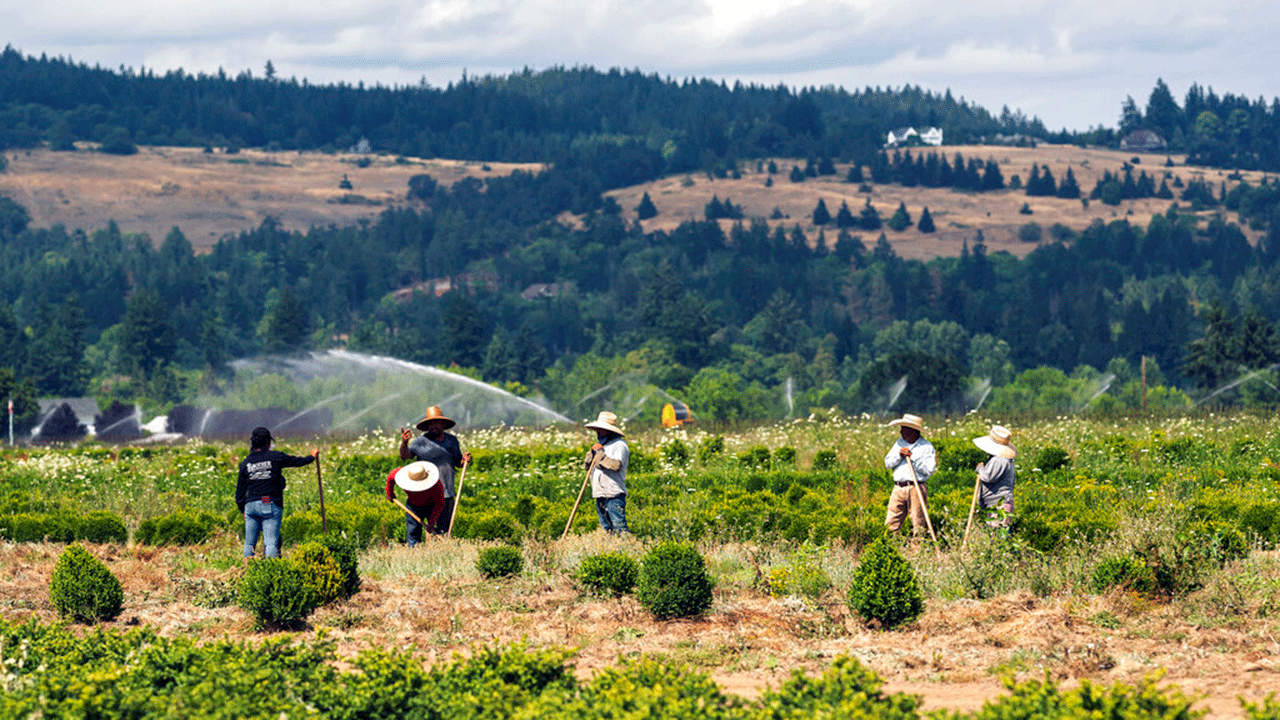

“This is really a step forward,” said Irina Panyushkina, a dendrochronologist at the University of Arizona who was not involved in the study.Īs a check, the team compared the modeled temperatures, measured near-surface air temperatures (from 1950 to 2021), and the 1,000-year tree ring temperature record and found good overlap. The future climate simulation shows that with intermediate levels of emissions (Shared Socioeconomic Pathways 2–4.5), the Pacific Northwest will have a 50% chance of experiencing a heat wave each year over the next few decades. However, “we found the 3.6° anomaly becomes so much more likely to happen within the next couple of decades,” Heeter said. The tree ring data indicate that the 2021 Pacific Northwest heat wave, which reached 3.6☌ above the 1951–1980 average, was a 1-in-1,000-year event. The team took the research a step further, using their 1,000 years of data to simulate future climate with the Coupled Model Intercomparison Project Phase 6 (CMIP6) under two different emissions scenarios. “But if you are comparing the magnitude, we’re much warmer now than we were back then.” A Hot Future Since at least 1000 CE-as far back as their samples recorded-the Pacific Northwest has experienced prolonged periods of warmer-than-average temperatures, Heeter said. The rings showed that Pacific Northwest conifers grew throughout temperature fluctuations over the past 1,000 years, though there has been significantly more warming in the past few decades. The reflectance of a ring’s surface is related to the ring’s density and is used as a proxy for the average ambient summer temperature-when a tree does most of its growing-during that year. Heeter describes blue intensity as a “very, very up-close remote sensing,” in which the blue wavelet of the visible light spectrum is reflected off the tree ring and measured. Using a method called blue intensity, the team measured ring densities to infer past temperatures. “We’re much warmer now than we were back then.” Once you’re confident in that, you can keep pushing it back in time.”

“Wherever they match up, you can validate the dates.

Tree rings are like barcodes, and comparing the codes is like pattern matching, Heeter explained. To make sure they had a continuous record, the researchers overlapped the cores from dead and live trees. To extend the record back, the team also sampled dead wood. “In the Pacific Northwest, there are long-lived species of Douglas fir and mountain hemlock,” said Heeter, adding that land preservation efforts helped protect these old trees. Heeter and her colleagues collected cores from 29 conifer trees in the United States and Canada. Typically, denser rings mean warmer temperatures. A tree records summer temperature in its ring density. Tree rings capture years of climate signatures: temperature, soil moisture, and wind stressors.
#Pacific northwest bakes under onceinamillennium heat full#
The data hint at a future full of heat waves. They found that 2021 was a scorcher-hotter than any other year in the past millennium. In a new study in npj Climate and Atmospheric Science, Heeter and her colleagues used tree ring records from the Pacific Northwest to reconstruct summer temperatures for the past 1,000 years.


 0 kommentar(er)
0 kommentar(er)
